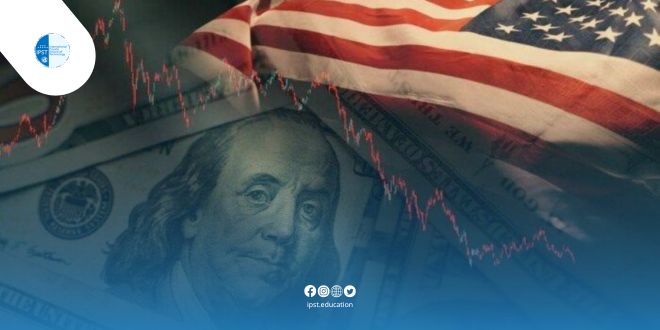February Inflation Figures
The Consumer Price Index (CPI) rose by just 0.2% in February. This is significantly lower compared to a 0.5% increase in January. As a result, the annual inflation rate has slowed to 2.8%, down from 3% in January.
Lower Than Expected Data
Despite this slowdown, the data was below economists’ expectations. Analysts surveyed by Reuters had predicted a 0.3% monthly rise and a 2.9% annual increase. However, many believe that this decrease might be temporary. The strict tariff policies imposed by President Trump’s administration could lead to higher import costs and, eventually, higher prices in the coming months.
Impact of Tariffs on Markets
In an attempt to escalate the trade war, the Trump administration raised tariffs on Chinese goods to 20%. Additionally, it imposed a 25% tariff on imports from Canada and Mexico. However, some of these measures were eased by granting temporary exemptions for certain goods, in line with the United States-Mexico-Canada Agreement (USMCA).
Concerns of an Economic Slowdown
Sam Haider, Head of Market Risk at ABN AMRO Clearing, discussed the implications of the slowdown in inflation. While it may seem positive at first, it could indicate that the Federal Reserve might ease its monetary policy. This could support the stock market.
Potential for Economic Recession
However, Haider cautioned that slower inflation might signal a decline in economic growth. This would be a negative indicator for financial markets, especially for riskier assets like cryptocurrencies and commodities. He noted, “When inflation and economic growth both slow down, it could point to an impending recession, which may drive markets to avoid risks.”
Federal Reserve’s Response to Economic Concerns
With growing concerns about the labor market and a potential recession, the focus in the markets is shifting from inflation to economic growth. Many analysts predict that the Federal Reserve may cut interest rates three times in 2025 to help stimulate the economy.
source : Al-Arabiya Business.



